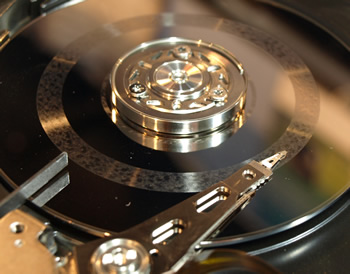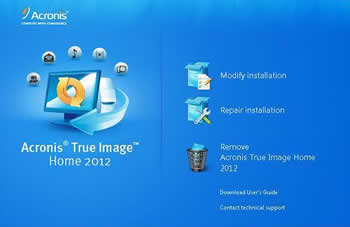

Losing data is a bit like catching a horrible disease - you always think its going to affect someone else. Don't be fooled - the hard disk is the most fragile part of any PC system and fail regularly, even new ones. Until solid state hard disks become capable of storing the volume of data required in today,s computing at a reasonable cost, you are stuck with this aged 25 year old method of storing data.
If you have lost data then please give us a call. We can identify and recover data in a majority of cases. If the hard disk has suffered a complete mechanical breakdown then this will be referred to a national recovery expert.
If you are unable to start windows it could be down to a corrupted registry preventing windows to load - this is easily sorted out and not to be confused with a failed hard disk.
Don't wait for a disaster - Back up your data
Backing up your data is a vital requirement. You never know when that little virus or disk problem may destroy all your valuable data.
The easiest storage method for your backup is using an external hard disk connected via high speed USB. If you don't have one of these then you can use your built in CD or DVD if you have re-writable drive or a USB memory stick. This is cheap and easy to use, however, you need to do this regularly and may not have enough space on a CD to backup all your data. If you want to back up your settings and email you will need to use a dedicated backup application.
All is not usually lost
Even after clearing out the recycle bin, in most cases data can be retrieved. Using specialist tools, your data can be recovered even if your hard disk has been reformatted.
What to backup.
 Backup up everything in the Users folder (Vista & Windows 7) (usually found on the C: drive) - this contains all your documents, email, favourites, pictures, music and more for all users. Windows 7 has a good built in backup system found under maintenance - in conjunction with an external backup hard disk you can schedule backups to take place daily, weekly or as required. Alternately you can use a dedicated backup package such as Acronis.
Backup up everything in the Users folder (Vista & Windows 7) (usually found on the C: drive) - this contains all your documents, email, favourites, pictures, music and more for all users. Windows 7 has a good built in backup system found under maintenance - in conjunction with an external backup hard disk you can schedule backups to take place daily, weekly or as required. Alternately you can use a dedicated backup package such as Acronis.
http://windows.microsoft.com/is-IS/windows7/products/features/backup-and-restore
 Backup everything in Documents and Settings. However, this can't be done if your logged on as some files will be locked by windows, therefore you have to look at using the windows built in backup (NTbackup) found under program files/application data/system tools/backup. This does not come pre-installed with XP Home (only Professional) but can be installed from the original XP Home CD under Valueadd/Msft/Ntbackup (if provided with your system). This free utility comes at a price - it's not user friendly.
Backup everything in Documents and Settings. However, this can't be done if your logged on as some files will be locked by windows, therefore you have to look at using the windows built in backup (NTbackup) found under program files/application data/system tools/backup. This does not come pre-installed with XP Home (only Professional) but can be installed from the original XP Home CD under Valueadd/Msft/Ntbackup (if provided with your system). This free utility comes at a price - it's not user friendly.
 The best option is to purchase an off the shelf solution such as Acronis true image software (about £40). This package can create regular full or incremental backups, image complete partitions or allow you to clone your entire hard disk to another. Click on the Acronis box to find out more. This can be purchased directly from us.
The best option is to purchase an off the shelf solution such as Acronis true image software (about £40). This package can create regular full or incremental backups, image complete partitions or allow you to clone your entire hard disk to another. Click on the Acronis box to find out more. This can be purchased directly from us.
Create a restore point (if using XP or ME) prior to installing any new devices or software (start - programs - accessories - system tools - system restore). Use this point to restore the system if things go wrong after the installation. Vista should automatically do this for you each time an application is installed, but it is worth checking that this is working by opening start/all programs/accessories/system tools/system restore (check that restore points exist).
If you have a RAID (Redundant Array of Independent (or Inexpensive) Devices) enabled motherboard and have space inside your PC for another hard disk you can create a mirrored copy of your hard disk. Please ask for more detail or type RAID configuration into Google. Even if you don't have a RAID motherboard you can add a device to your system to enable this function.